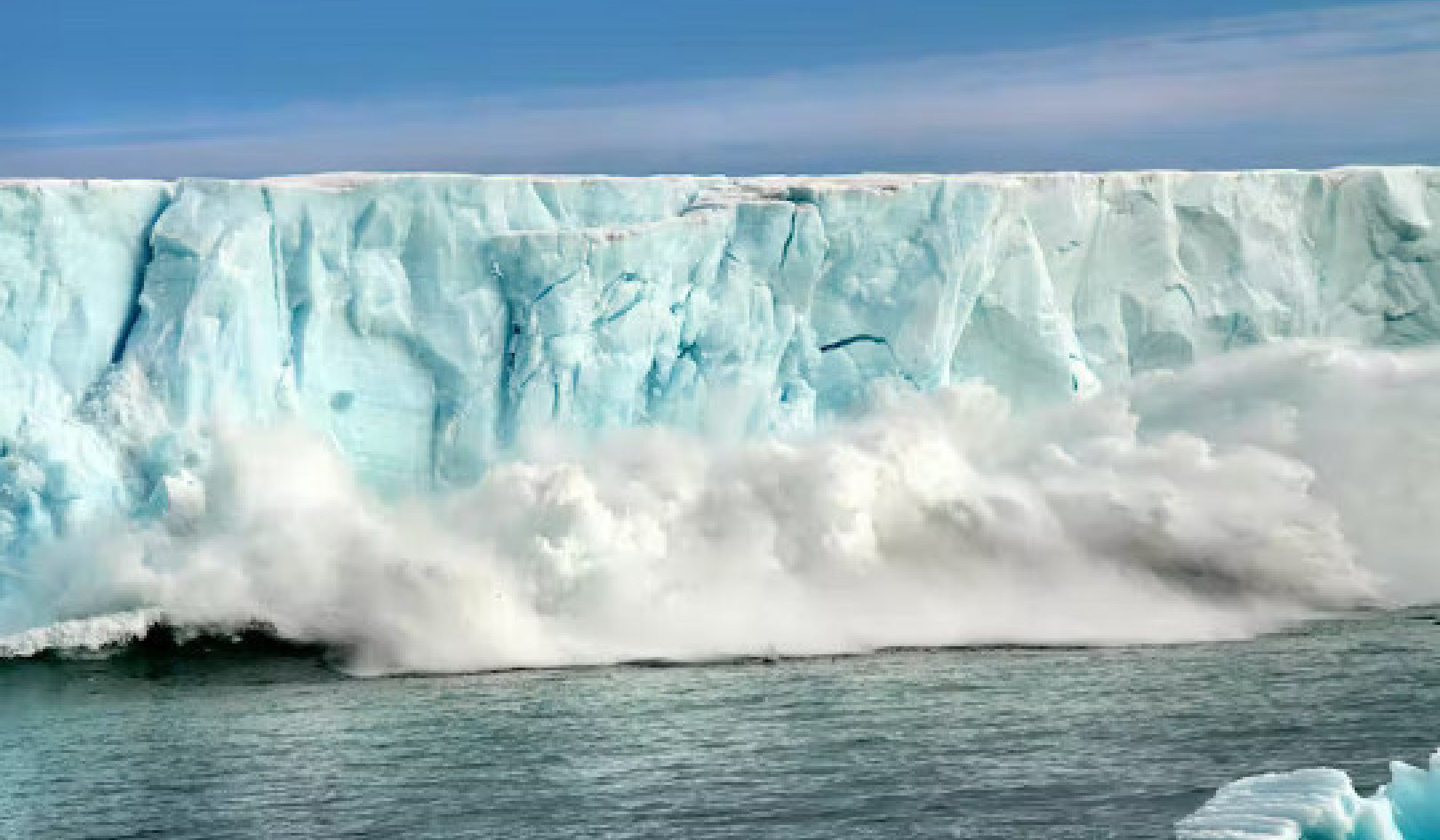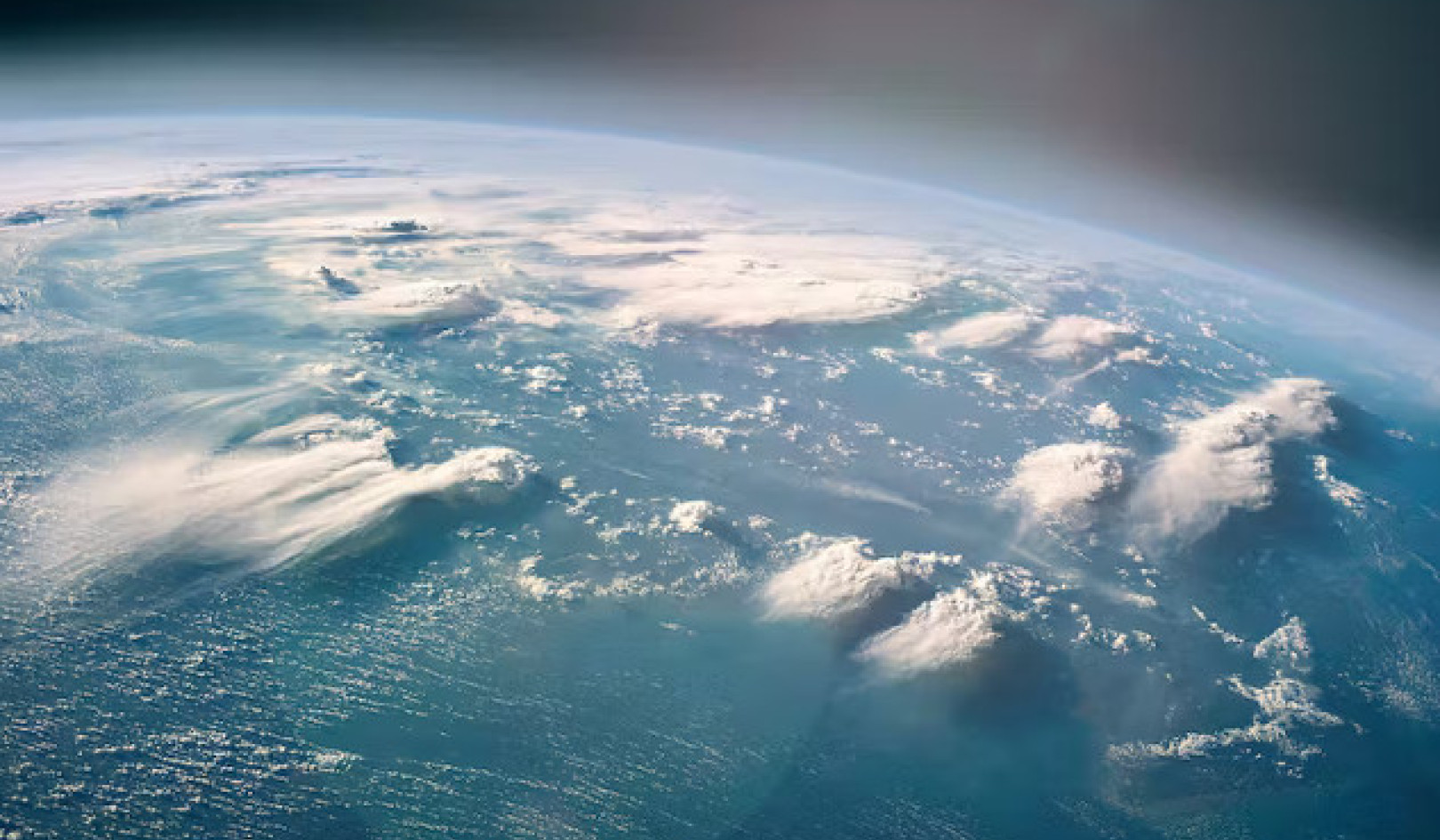
Asian elephants in a tea plantation in Assam, India. Assam Haathi Project, A. Zimmermann, Author provided
The 196 countries meeting (December 7-19, 2022) for the UN Convention on Biological Diversity conference (COP15) in Montreal, Canada, are negotiating a new set of targets for reversing the loss of Earth’s biodiversity. They have set themselves a formidable challenge: ensuring humanity is “living in harmony with nature” by 2050.
As part of this aim, and for the first time in an international agreement, nations are also being asked to work towards resolving human-wildlife conflict. When Swiss farmers fear losing livestock to rebounding wolf populations or the return of tigers threatens communities in Nepal, conservation can reach an impasse. These conflicts magnify the costs of biodiversity to local people – and, when left unresolved or handled badly, fuel tensions that erode support for protecting nature more broadly.
Standing by to help is the International Union for the Conservation of Nature (IUCN)‘s Human-Wildlife Conflict and Coexistence Specialist Group – a global expert body which I chair. We convene the best knowledge available and are producing global guidelines and hosting a three-day international conference on managing these kinds of conflict in Oxford from March 30 next year.
Resolving conflict and achieving coexistence is far from easy. While all human-wildlife conflicts revolve around the risks that animals can pose to human interests – and the persecution of those animals in retaliation – these situations also provoke disagreements among groups of people. For example, although wolves can and do occasionally kill sheep in Europe and North America, conflict primarily arises between those who want to cull wolves and those who want to protect them. Tensions escalate, mistrust and divisions ensue and each group becomes increasingly entrenched in its view of the situation, blocking progress.
Because of this, resolving conflicts about wildlife is not a simple matter of installing fences, lights or noisemakers to keep animals away from crops, property or livestock. Resolving human-wildlife conflicts means resolving divisions and disharmony between people. This, more than any fence, is ultimately what makes coexistence possible. This means identifying any underlying grievances and addressing these through dialogue, engaging everyone involved in a joint agreement.
Without this groundwork, any practical measures outsiders suggest to communities for keeping wildlife at bay are likely to be poorly implemented or rejected altogether.
Measuring what matters
Following COP15, each country dealing with human-wildlife conflict at home will need technical and financial support to manage it. They will also, once the new agreement comes into effect, be required to track and monitor their progress towards all of the newly agreed targets, including that of “…minimis[ing] human-wildlife conflict for coexistence”. For this, a standard set of measurements called indicators are needed – which are also still under negotiation.
Yet here lies another challenge: countries deal with unique situations, ranging from maintaining coexistence with crocodiles in India to managing disputes over bats in Mauritius. Countries need to apply locally appropriate and culturally sensitive approaches to resolve these conflicts, while at the same time monitoring their performance in a globally standardised and comparable way.
Exactly how this should be done remains a sticking point in these negotiations. Just as resolving conflicts is not as simple as putting up barriers between wild animals and people, merely counting how often a crop is trampled by elephants or how many lions are shot in retaliation for preying on cows is insufficient. If the aim was only to reduce those numbers, then the simplest solution would be to remove all the animals or all the people – but that wouldn’t be coexistence. Rather, the aim must be for communities to balance the costs and benefits of living with wildlife, and for divisions between groups to be reconciled.
Although countries will need to track incidences of damage or loss, compensation claims, and the number of people and animals killed or injured, we recommend also monitoring levels of conflict between people and relative progress in each setting in ways which are appropriate to local contexts and cultures. Such an approach could include assessing the willingness of communities to live alongside wildlife, which can be measured with social survey methods of attitudes, values and tolerance. This combination allows countries room to decide their own adaptations and encourages more holistic thinking about what makes coexistence work.
Human-wildlife conflict is both a great challenge and a great opportunity. As UN secretary general Antonio Guterres stated in his opening address to the conference:
…humanity needs to make peace with nature, because we are out of harmony with nature.
About the Author
![]() Alexandra Zimmermann, Senior Research Fellow, University of Oxford
Alexandra Zimmermann, Senior Research Fellow, University of Oxford
This article is republished from The Conversation under a Creative Commons license. Read the original article.
Books on The Environment from Amazon's Best Sellers list
"Silent Spring"
by Rachel Carson
This classic book is a landmark in the history of environmentalism, drawing attention to the harmful effects of pesticides and their impact on the natural world. Carson's work helped to inspire the modern environmental movement and remains relevant today, as we continue to grapple with the challenges of environmental health.
Click for more info or to order
"The Uninhabitable Earth: Life After Warming"
by David Wallace-Wells
In this book, David Wallace-Wells offers a stark warning about the devastating effects of climate change and the urgent need to address this global crisis. The book draws on scientific research and real-world examples to provide a sobering look at the future we face if we fail to take action.
Click for more info or to order
"The Hidden Life of Trees: What They Feel, How They Communicate?Discoveries from A Secret World"
by Peter Wohlleben
In this book, Peter Wohlleben explores the fascinating world of trees and their role in the ecosystem. The book draws on scientific research and Wohlleben's own experiences as a forester to offer insights into the complex ways that trees interact with one another and the natural world.
Click for more info or to order
"Our House Is on Fire: Scenes of a Family and a Planet in Crisis"
by Greta Thunberg, Svante Thunberg, and Malena Ernman
In this book, climate activist Greta Thunberg and her family offer a personal account of their journey to raise awareness about the urgent need to address climate change. The book provides a powerful and moving account of the challenges we face and the need for action.
Click for more info or to order
"The Sixth Extinction: An Unnatural History"
by Elizabeth Kolbert
In this book, Elizabeth Kolbert explores the ongoing mass extinction of species caused by human activity, drawing on scientific research and real-world examples to provide a sobering look at the impact of human activity on the natural world. The book offers a compelling call to action to protect the diversity of life on Earth.






















